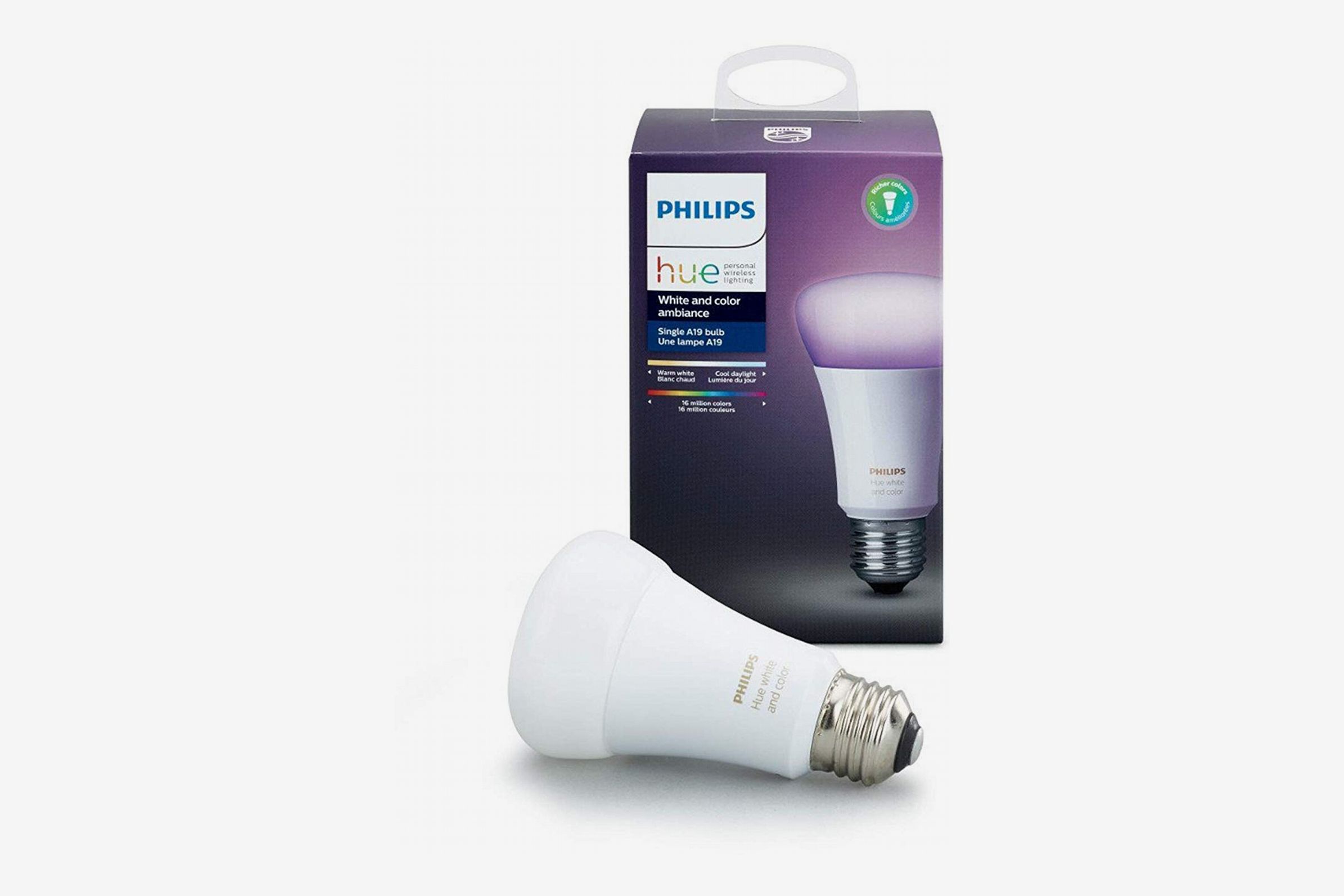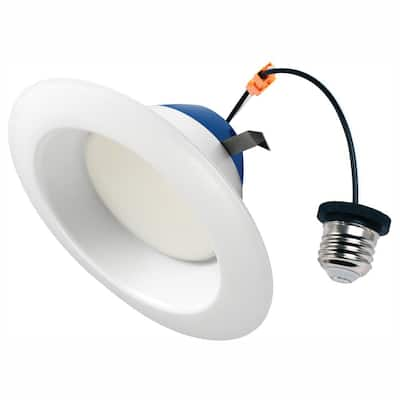

As soon as an LED becomes too hot, it can affect its colour rendering.Ĭomparatively speaking, the hottest part of an LED is only half the temperature of a halogen or incandescent bulb of equivalent brightness. Maintaining relatively low temperatures is also necessary for colour control. Furthermore, LEDs do not generate heat as infrared radiation like incandescent bulbs.īecause ambient temperature is not affected by LED lights, it makes them suitable for use in small and contained places, or temperature controlled environments. Traditional 'tungsten' bulbs use a filament to heat up, which loses lots of power through heat emissions. High quality LED light bulbs produce light at significantly lower running temperatures than traditional or “previous generation” bulbs. LED light bulbs might be hot to the touch, but they are nowhere near as hot as CFL, halogen or incandescent bulbs. LEDs Maintain a Relatively Low Temperature Let’s take a look at why it is highly unlikely that an LED bulb will overheat and cause a fire to break out, and what you can do to minimise your risk of electrical fire.


Temperature and, more specifically, overheating. So, what can cause a bulb to create fire? This list has largely been dominated by their cost-effectiveness, long lifespan and zero maintenance requirements, but today we will take a look at LED lighting from a safety perspective and, more specifically, in terms of their fire risk. This means light is not emitted from a vacuum (as is the case with incandescent lights) or from a gas (like CFL lights), but from something solid- a semiconductor.Ī plethora of benefits ensures LEDs will outperform traditional forms of lighting in almost every area. The technology that drives LEDs (light emitting diodes) is called solid state lighting or SSL.


 0 kommentar(er)
0 kommentar(er)
